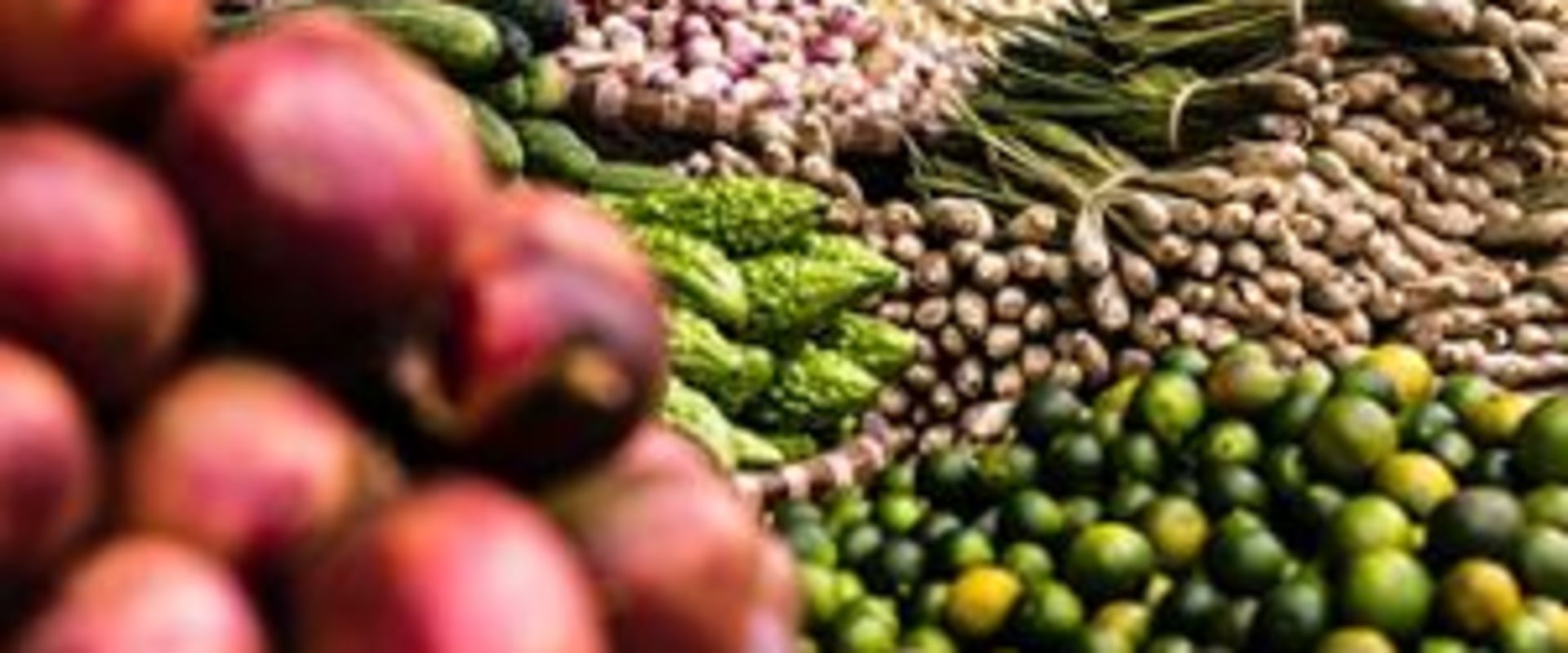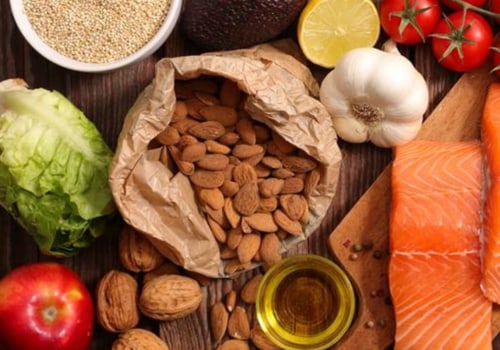Food systems planning is a way to improve a community's food system. It is a comprehensive approach that looks at the entire chain of activities that connect food production, processing, distribution, consumption and management of food waste. Food is an essential element for life, and only recently has it become a focus of great interest in professional planning. Innovative approaches such as local and organic food production, direct sales from farmers to consumers, and farmer cooperatives have been gaining traction.
However, these methods have been used in many parts of the world for centuries before Europeans colonized them. Other activities related to food use and consumption include preparation, processing and cooking at both the household and community levels, as well as decision-making regarding food, household food distribution practices, cultural and individual food choices and access to health care, sanitation and knowledge. Farm-to-school programs are also becoming increasingly popular, delivering fresh food to school cafeterias instead of highly processed meals. Once the crops have been harvested or the animals have been slaughtered, the resulting food products are sold to processors who transform them into finished products.
Wholesale markets for fresh food products have tended to lose importance in countries undergoing urbanization due to the growth of supermarkets that buy directly from farmers or through preferred suppliers. Food distribution involves a series of post-harvest activities such as processing, transportation, storage, packaging and marketing of food. It also includes activities related to household purchasing power, traditions of food use (including practices of infant feeding), food exchange and gift giving, and public feeding (distribution). Food processing includes methods and techniques used to transform raw materials into food for human consumption.
The idea of a food system encompasses all the possible questions, challenges and consequences of food production and consumption. Local agroecosystems, government policies at the national level, international research and technological development all have an impact on domestic scale livelihoods of food producers (who earn income from the food system and also consume food) as well as consumers around the world. The conventional food system is dominant in the United States but the organic food system is also present across the country with farms, processors, distribution networks and retailers. A food system is a complex set of interconnected practices and relationships that ultimately carry food from farms, processing facilities, factories, warehouses and retailers to the dinner table.
The constant flow of products from distribution centers to store locations is a critical link in food industry operations. When looking at a particular product's supply chain within the food system, it is important to distinguish between its social aspects (human system) and environmental aspects (natural system).









